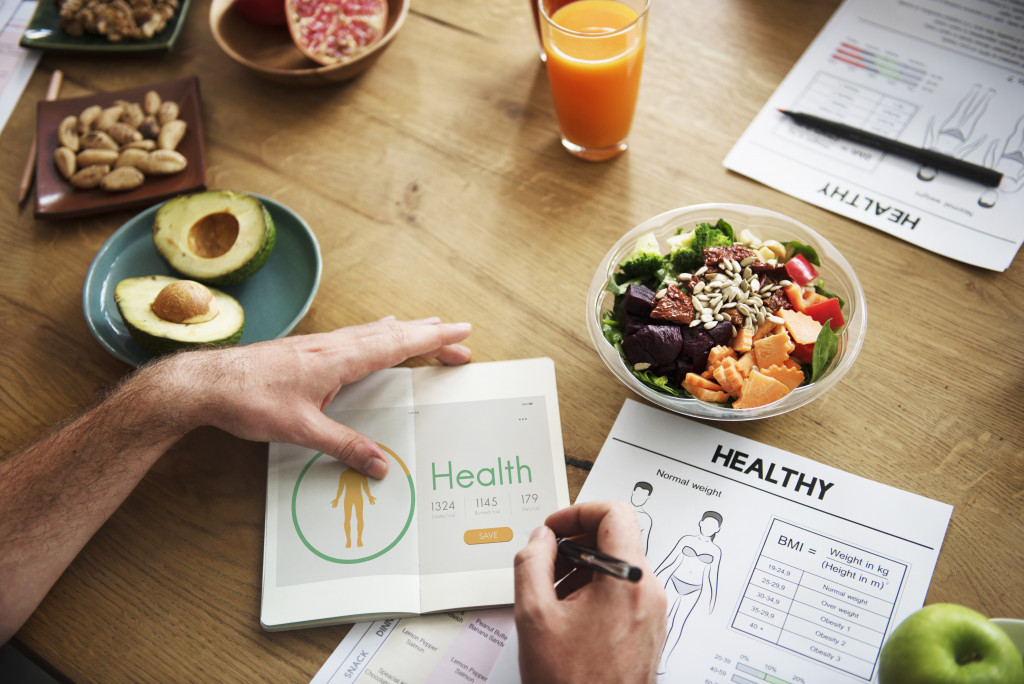With COVID-19 vaccines quickly developing, we may soon start to transition out of isolation slowly. We’ll likely need to practice social distancing and wear masks for a while longer, but the assurance of vaccine development makes it possible that the lockdown might be eased soon. That said, we’ll still need to safeguard our health. Apart from just looking after ourselves and maintaining healthy lifestyles, a lot of how we normally live our lives is going to change. Let’s explore a few of those ways.
Maintaining healthy lifestyles
Since the pandemic forced us into lockdown, there’s been plenty of emphasis on the importance of looking after oneself. Not just in wearing masks and practicing social distancing, but also in our general day-to-day lives. Now more than ever, as our health anxiety peaks, we prioritize taking care of ourselves.
Beyond eating healthy, we should also remember to take supplements. Even if we eat healthily, we don’t always get all the nutrients and vitamins we need from our food. This is also something we should instill in children. Kids need vitamins to support their growth and development. There are variants out there that are child-friendly, such as soft iron tablets easily digestible and sweetly flavored.
Gardening has become one of our many quarantine coping mechanisms, and research shows that children may benefit from being involved in it. Apart from being a form of outdoor exercise that gives participants much-needed vitamin D, vegetable gardening helps educate children about nutrition. Children learn about how food is grown and made and are more likely to incorporate fruits and vegetables in their diet. While gardening, they also further develop their fine motor skills and learn to appreciate the environment and other living things.
Telemedicine services will be preferred unless an on-site meeting with a healthcare professional can’t be helped. Automation systems such as robots and artificial intelligence (AI) help by taking patients’ vitals, recording them, and only alerting physicians when the patient needs immediate attention. This allows humans to practice social distancing and healthcare professionals to focus on more urgent tasks. Robots are also being used to mass-produce COVID-19 testing kits.
But at the end of the day, how our healthcare systems will change will depend on the funding that it receives. Experts hope that COVID-19 helped people to recognize that the system was ineffective and that it needs to change as they predict more pandemics in the future.
New office layout and culture

The pandemic is going to change workplaces as we know them. In some ways, it already has. Physically, workplaces need to comply with social distancing guidelines. Many of those who have shifted to working remotely are likely to carry on with that setup. But in cases where the physical presence of human workers is necessary, workspaces will change dramatically. Human populations inside workspaces need to be kept to a minimum so employers might keep their workers on staggered shifts.
Related: There’s No Place Like Home Work: Tips for Designing a Home Office
In digitizing and virtualizing workflows, companies have also started employing automation systems to carry out certain tasks. In Amazon warehouses, robots have taken on the responsibilities of sorting, packing, and shipping orders. Fast-food chains such as McDonald’s have been experimenting with using robots as cooks. With all these and the availability of automated services for bookkeeping, information technology, customer services, and other jobs, humans face losing their jobs to automation.
The World Economic Forum predicts that the coming years’ most in-demand skills will include innovation, analytical thinking, technology use, and technology design. To adapt to the workplace’s changing demands, governments, schools, and companies must retrain workers to learn these skills. Rather than design the most intelligent machines, our goal should be to design machines that can work together with humans who have been retrained with new skills.
Because of rising statistics for mental health issues, companies will need to pay attention to their employees’ well-being – mental and physical. Employers and HR staff workers must make themselves approachable when speaking about mental health issues and check in with employees regularly. It would also help greatly to invest in mental health services and support groups. This will increase the employees’ feelings of safety and security in the workplace.
As a result of the COVID-19 pandemic, we will see many workplace changes as the economy slowly starts to reopen. To take care of ourselves, we must maintain healthy lifestyles. While we do what we can, governments and employers need to take the initiative to take care of the people under their jurisdiction. As the use of automation systems becomes more ubiquitous, companies also need to invest in the reskilling of their human workers so that they may remain in the workplace.

